-
Posts
1,503 -
Joined
-
Last visited
Content Type
Profiles
Forums
Articles
Posts posted by TheRenaissanceMan
-
-
Y'all are needlessly confusing yourselves.
These lenses are listed in their actual focal lengths. These numbers are a property of the optical system, independent of whatever camera they're being used on.
The field of view these lenses give IS affected by the sensor size of the camera they're mounted to, but that does not change the focal length of the lens--only the effective field of view.
Also, no one in the cinema world "translates" their focal lengths to full frame. 18-55 is 18-55.
-
10 hours ago, Inazuma said:
Just out of curiosity, why is this thread pinned?
Popular thread I guess? Seems much less essential after the other new mirrorless announcements.
-
49 minutes ago, crevice said:
Some more impressive footage here :
Thanks for this. Lighting nitpicks aside, I only wish they hadn't done the CW-style constantly sliding back and forth during dialogue CUs. The footage itself has a great look, with a pretty "cinematic" style grade straight out of camera. It handles that heavily saturated red very well, too. I've worked with plenty of cameras that would band and block up with that much primary red gradient.
-
6 minutes ago, Kisaha said:
I agree mostly, but do not forget that some of us are doing some photo jobs as well. It is just a tiny percentage of my income, but I couldn't see myself without a hybrid system. In that sense the P4K is a good specialized video camera. Maybe it could replace JVC LS300/C100 cameras we use for lower tier jobs.
That's my struggle as well. The A7III does solid video, but my main reason to keep it right now is as my primary stills machine. Just gotta weight how many stills I actually take these days, and whether the camera as a whole offers more monetary opportunities and flexibility than its competition.
-
11 minutes ago, webrunner5 said:
Ahh no doubt more bits sure does help. Pretty hard to beat a PMW F3, even today. Actually more Cine looking than a C100. Both have their place. One more studio, the other more portable for changing conditions.
I missed the battery life of the F3, but since I didn't have a ton of help on this shoot, having a bare bones camera setup did help me move a little faster. Particularly on the table dolly shot (the dead on low angle still), the A7 definitely didn't feel as demanding to rig. For the most part though, I'm a dolly/tripod/shoulder shooter, and in those cases the F3's size doesn't hurt much.
Ironically enough, I actually prefer the A7 II in studio. Easier to tailor lighting to the needs of the camera, able to power the camera from AC, 4K for cropping on on static shots, and an easier environment to mess around with NDs and such. The F3's battery life, XLRs, internal NDs, top handle/shoulder ergonomics, and huge dynamic range make it my weapon of choice for outdoor and location/doc stuff. Night exteriors especially, that sensor's shadow latitude just brings scenes to life.
Both definitely have their place, and now that I've switched from the Color Space Transform tool to Resolve's Color Managed workflow, I'm finding it very easy to get both where I want them to go. With the competition out there, though, it's a tough choice deciding whether I'll keep the A7 or dump it for a Fuji/Nikon. Always more to consider... -
9 hours ago, webrunner5 said:
Wow nice stuff. Sony just does so well in dark situations with DR and noise.
Thanks! Actually, it wasn't dark at all. Lit the scene with a Rifa 66 skirted with diffusion over the table, Kinos on the floor raking the back wall, and an Altman 650 with a couple sheets of opal on the doors through a roll of Lee 216 diffusion to clean up the coverage and give faces some shape. You can see the faint catchlight above/in front of them and a stronger one high on the far side. Blending a soft toplight/butterfly light with a sidey-er source tends to feel natural and look flattering as hell, which served my primary goal of making this feel like a romantic dinner.
I wanted f/4 for sharpness and to give actors some freedom to move without focus having to chase too much, so I pushed ISO here and there, but I kept it within 800-2000 throughout. Overexposed a bit too, so overall not a challenging scene in terms of levels. Even still, the A7 has some noticeable color noise weirdness; desaturating and crushing them down hid it pretty effectively, but it simply doesn't deal with contrasty light and post stretching as well as an F3.
My other sad observation is that my Leicas don't match up perfectly in color: the 28 leans a little green and the 50 is a touch warm, comparing both to the 35 (pretty neutral IMO). Luckily, just a little adjustment to the color bars got things lined up pretty easily. -
Did my first non corporate/commercial/videography shoot with the A7 III. Gotta say, in 4K with Resolve Color Management it's grading really nicely. Even held up to some mildly aggressive power windowing with only a little compression weirdness. Skin tones look nice (if thin), and operationally it was a nice smooth ride once I got all the initial setup done. My only real complaint with the files is that highlight detail is VERY brittle. Desaturating and other tricks for reigning in highlights help, but anything remotely close to clipping is going to fight manipulation hard, even in LOG. Such is the nature of 8-bit files.
Super fun project, and I'm looking forward to pushing this little camera harder in the coming weeks.
- mercer and heart0less
-
 2
2
-
The Cameras
In this corner, we have the Sony F3--episodic TV and corporate/commercial workhorse, best known for its use on season 1 of Key and Peele and the feature film Safety Not Guaranteed. Super 35 2.4K sensor that downscales to 1080p in-camera. 10-bit output up to 4:4:4 RGB.
In this corner, the Sony A7 III--a modern hit, barely out and already one of the most popular mirrorless cameras around. Full frame 24 megapixel sensor that downscales to 4K from both the full sensor and from the APS-C crop. 8-bit 4:20 internally, with the option for 4:2:2 externally.
The TestI generally light my work, so I thought I'd test with a scenario I often face: talking head interviews. One big soft key, a soft backlight, something splashing the background, maybe a practical. Now, this is a hella lazy, sloppy lighting execution--the backlight is a little too far around, background splash not nearly strong or interesting enough, and there's a huge bit of blank wall amidst the clutter--but it does contain some useful information. More on that after the camera notes. Just keep in mind that it was a rush job and try not to be too critical.
Each camera used the same Leica R 35mm Summicron set to f/5.6. This was to keep color, contrast, and sharpness consistent, as not all my Rs match perfectly and I wanted any differences in the image to be down to the cameras. I did not adjust the tripod distance, instead opting to let precise frame matching go in favor of minimizing inconsistencies. I'll do another test that keeps framing identical.
Since I unfortunately couldn't get ahold of a color chart for this test, I have a few various colored objects in the scene to act as references. The sweater is a deep forest green, the hat is a pale pinkish-red, the UHaul logo is a distinct orange, and the furniture blanket is a nice primary blue. They don't line up with anything specific on a vectorscope, but I find the subtle differences in how these colors, along with my skin tone, are rendered is quite telling.
Yes, that is me in the video. I am not a model, or really comfortable on camera at all. My being in the hot seat was PURELY a matter of desperation, as my roommate was busy and I didn't have another day free to do the test. So you'll have to deal with my pale, blotchy face and greasy hair this time.
The F3 has two sets of clips: one taken internally in XDCAM, one externally in ProRes HQ (10-bit 4:2:2). I don't have access to a 4K recorder, so the A7III files were all recorded internally to the SD card.
If you have any other questions on my methodology please feel free to ask. Even with the studio conditions, it's very possible that something was overlooked.
What to Watch ForPersonally, these are the elements I found most interesting.
-The colors of the various objects listed above, as well as their relative brightness. The A7, for example, makes the blue moving blanket much brighter.
-The big patch of blank wall behind me is a great place to watch for midtone noise, compression artifacts, and banding.
-The black portion of the moving blanket, back right corner by the boxes, and the shadow by my left ear under the hair are good spots to look at shadow noise/compression.
-Obviously, the face is there for skin tone reference. I'm pretty pale, and exposed a stop above key to keep noise down, as I generally do in a real interview. This pushed my skintones into the flattest part of the LOG curve, smoothing them out a bit, but in this scenario that's not entirely undesirable. Just something to keep in mind. Additionally, my eyes are a pretty deep shade of blue, with some green flecks. The cameras and color profiles render them with mixed levels of success.
-My hair, beard, and eyes are all good places to look at for fine detail rendering, noise, and moire/aliasing.
-The lightbulb and background splash were an attempt to look at highlight roll-off, but upon review it doesn't seem all that useful. The next test will use a stronger light doing a better scrape for DR/gradient, as well as a bulb with a filament to see how each camera renders hot highlight detail.
The FootageThese clips are straight out of camera/recorder, with no grading or edits. I could've at least trimmed them for brevity/convenience, but I...didn't want to. So. Sorry.
You'll find them at this link: https://drive.google.com/open?id=159ig4Dq7emsxIE6GWpwj8H9SX73XMSQU
Feel free to download them and play around. I can show you my grading results, but I find nothing helps more than massaging footage yourself.Here are the settings for each clip:
F31. 1080p Cine1 F35Like ISO400 172.8* shutter f/5.6 (I don't know if F3 internal profiles suck or I just suck WITH them, but getting a good SOOC result with it still eludes me. Think I'll try the AbelCine stuff next.)
2. 1080p SLog1 SGamut ISO 800 172.8* shutter f/5.6 (ISO 800 is native in SLog, which is why it jumps here. Everything is otherwise identical.)
3. 1080p SLog1 SGamut ISO 1600 172.8* shutter f/5.6 (An attempt to test overexposure. In retrospect, I should've opened up to f/4 instead, but this still shows clipping behavior when cranking up ISO for exposure.)
4. 1080p SLog1 SGamut ISO 6400 172.8* shutter f/16 (High ISO noise test. The levels themselves are pretty good, so this is more a test of how much penalty you pay for cranking ISO to get by with smaller fixtures inside.)
A7III1. 4K Cine4 SGamut3.cine ISO 400 1/50 f/5.6 Full Frame (with +15 or so saturation. My favorite out of camera profile so far.)
2. 1080p Cine4 SGamut3.cine ISO 400 1/50 f/5.6 Full Frame
3. 4K SLog2 SGamut3.cine ISO 800 1/50 f/5.6 Full Frame (I prefer SLog2 to 3 for banding and skin tones. Like F3, 800 is native for SLog)
4. 1080p SLog2 SGamut3.cine ISO 800 1/50 f/5.6 Full Frame
5. 4K SLog2 SGamut3.cine ISO 1600 1/50 f/5.6 Full Frame
6. 4K SLog2 SGamut3.cine ISO 800 1/50 f/5.6 Crop Mode
7. 1080p SLog2 SGamut3.cine ISO 800 1/50 f/5.6 Crop Mode
8. 4K SLog2 SGamut3.cine ISO 6400 1/50 f/5.6 Crop Mode
9. 4K SLog2 SGamut3.cine ISO 6400 1/50 f/5.6 Full Frame
Again, I'm happy to clarify any questions on my methodology. This was mainly to give me a nice broad spread of information on how my most used settings compare for quality.Conclusions
I'm more curious what you guys think, so I won't say too much right away. My main take-away is that the F3 is nowhere near obsolete yet...in fact, it's my preferred camera for noise, color, skintones, gradation, and overall look. The A7 has the obvious advantages of full frame, strong internal recording, size/weight, and IBIS.
Next, I want to see how each camera does with fluorescent, LED, and daylight skintones, as well as mixed color temps, motion, compression/bitrate issues, DR, and resolution/detail. If you have any suggestions for future tests, or anything you'd like to specifically see compared, just let me know and I'll do my best to throw it in.Thanks, and hope you enjoy!
- giodashorts, tellure, Robert Collins and 4 others
-
 5
5
-
 2
2
-
GH5S or X-T3?
In: Cameras
1 hour ago, deezid said:The 4gb problem will be fixed with the next firmware update.
Also the GH5 is definitely way worse than the X-T3 in low light.
ISO3200 are clean with the X-T3, even ISO6400 are usable with some noise in the shadows- Don't ever do that with the GH5 lol
some interesting video
The GH5 loses in the dynamic range department as well.You realize the GH5 and GH5S are two different cameras, right?
I'll agree that Fuji probably has the edge for DR. Haven't tested it yet. -
GH5S or X-T3?
In: Cameras
GH5S much nicer to use. Full sized HDMI, flip out screen, solid battery life, etc. X-T3 has nicer SOOC color, AF, and a larger sensor. Low light is a slight edge to the GH5S, but both are nice. Comparable native lens options. Both have internal 10-bit in solid codecs--slight edge to the GH5S for not breaking up clips into 4GB chunks.
To me, price is the big point. The X-T3 is comparable, if not better, for $1000 less. That's a couple decent lenses, some support gear, a few lights/stands, a slider/gimbal, etc. So if budget is a factor, Fuji is a real no-brainer. -
And that not everyone is a wedding videographer. That's the one thing about this forum sometimes: people always assume that you're either doing totally run and gun stuff with no ability to light or prep, or that you're a Hollywood production with resources for days...not realizing that there is a whole freaking world of middle ground in between where most actual work happens.
In those cases, spending a couple hundred to rent some lights, a truck, or an owner-operator gaffer/DP (like me) makes a way, way bigger difference than two different modern mirrorless cameras. Ditto art design, hair and makeup, location scouting, support gear, etc.
Even student productions I've worked on in the Midwest can find the money to buy or rent who/what they need for a few days if they're half smart. So to act like that's only the domain of people who lounge in beanbag chairs full of hundreds with Steven Spielberg is wildly off base.
On topic: great video. M18s are so versatile, and backlighting through smoke is ALWAYS money. The music itself, not my thing, but works well with the imagery.
- jagnje and heart0less
-
 2
2
-
-
21 minutes ago, ajay said:
My only complaint with the GH5/GH5S has to do with highlight roll-off. With that stated, if you can keep your highlights controlled by not over exposing or blur the hell out of them if in a background, the GH5/GH5S is certainly a winner.
GH5S rolls off a bit nicer, but really diffusion filters are the fix for roll off. Hollywood Black Magic and Glimmer Glass are magic on an overly exacting camera.
-
8 hours ago, jonpais said:
I simply drag a little orange into the mids and blue into the highlights. Skin tones look fine to me. Copy & paste attributes, all done.
Again, trying to correct in picture profiles. I often hand off footage, not grade myself, as I'm a professional and not a hobbyist. I can correct the warms alright in Resolve, but I wish the A7 just handled them right out of the box like my F3.
I'm seeing it less in the skin tones here, since they're in cool light, than in the screen on frame right and the wood shelves behind them. Don't look right to me.
-
I don't have a strong opinion about this whole issue, but if I were a Blackmagic employee who made decisions on these things (which doesn't describe John Brawley, btw), someone would say "hey, shouldn't we give a review camera to Andrew Reid? The EOSHD guy?" So I'd look at the website and check the guy out. 16 pages of op eds, think pieces, comparisons, and advertisements for his products later, I'd find Andrew Reid's last actual review: part 1 of the GH5 review, with the promise of a part 2 that never materialized. No finished work shot with it, just some ungraded clips available for download. Posted August of last year. And many more pages until his next latest review. I would say "eh, this guy doesn't do much in the way of reviews, just camera news and coverage of the market," and pursue other media outlets.
Like... I'm sorry. I'm not trying to be rude or bite the hand that feeds us here, but Andrew used to make comprehensive reviews in a timely fashion with one or two accompanying pieces of work shot with the camera to showcase its abilities. I miss that Andrew Reid. His stuff was super helpful, and the type of work displayed gave me a sense of both the camera's intended use and Andrew's perspective as a user. These days, all I hear about is the tech side, and I don't always feel like I understand where Andrew is coming from as a writer. Independent filmmaker? Working DP? Camera technician? A colorist who likes to shoot sometimes? No judgement, but it's hard to understand his perspective on the cameras without also knowing what he looks for in one. From the outside, it just feels vague and inconsistent.
So yeah, despite EOSHD's history of praise for Blackmagic, I can't blame them for inviting more prolific gear reviewers to receive review models. Sorry.
-
We really should do EOSHD meetups...maybe a Midwest thing in Chicago.
And to keep things slightly on topic, this is a BTS shot from a short I gaffed. Leica Summicron-R 50mm @2.8, A7III. Out of camera JPEG with minor tweaks on my phone. Such a lovely contrast on this lens, even at wide aperture.
The look still has some Sony hangups. Warm tones skew a little green on default settings; I'm still struggling with how to correct that in picture profiles.
-
So, beyond all the Chicken Little reactions and a subpar press release from Nikon (creating a crazy echo chamber of negativity), what I'm seeing is:
-A well respected manufacturer with good qc and customer service
-Small mirrorless body with adaptable mount
-Full frame 24mp with clean 4K
-10-bit HDMI out
-Flat and Log profiles (basically the Nikon equivalent of CLog1 and CLog 3)
-A few essential lenses, with every logical core option already roadmapped
-IBIS that, by all accounts, bests Sony's
-Great battery life (more than 2 hours of straight 4K)
-Solid ergos, on par with other mirrorless manufacturers
-Natural color science without any major problems (blue channel clipping, greenish skin, greens shifting towards blue, magenta cast, etc)
-Integration with Atomos recorders for easy on set workflow
All baggage, brand politics, and bad press strategy aside, it ticks a LOT of boxes for me. Gonna be looking hard at the Z6 when it drops.
-
3 hours ago, wolf33d said:
It’s not about laptop. It’s about FCPX being incredibly faster than première in general.
Uh...I use Resolve. That was the entire point of the post you originally quoted.
-
Footage looks great. Colors are pretty, although the warmer tones feel a bit compressed at times. Nice skin tones, and the dynamic range seems as good as any A7. Looking forward to seeing more.
-
13 hours ago, wolf33d said:
THIS. Gimme ProRes RAW everywhere. This is the real deal.
You should.
I work on a custom tower, so laptop comparisons don't apply to me at all. Plus I vastly prefer the functionality and UI of Windows; there's no way I'm switching to a new NLE just for ProRes RAW, let alone a new OS .
-
9 hours ago, jonpais said:
Let them boycott if after a7s III Prores RAW is announced at Photokina in September.
Eh...I ain't switching to Final Cut anytime soon. Boycott after DaVinci announces Resolve support for ProRes Raw
-
2 hours ago, Django said:
I disagree. On Nikon DSLR bodies such as D750/810/850 etc.. you can enter the manual AIS lens values and it will allow Aperture priority mode and even expose using auto-ISO. A rangefinder type indicator will also indicate you focus via arrows. I certainly hope/assume these features will carry over to the Z series bodies via the native smart adapter.. as Nikon has always had outstanding backwards legacy support..
@TheRenaissanceMan check out this video i posted yesterday for some 10-bit 4K clips: https://youtu.be/8X-lBje8NrE
I would like to see better shot, better lit material. And preferably downloadable files. That said, color, resolution, and motion all feel quite natural in those clips. Nice skin tones as well. Gonna be fun to have another good "film stock" in this segment of the market.
The only reason I haven't bought a Nikon until now is that they didn't have a mirrorless mount that took my vintage glass. But now...slightly tempted to side-grade from my A7III. Hopefully I can get hands on with a Z6 soon.
-
Just recently jumped to Sony with the A7III (as B camera and stills companion), but I have to say while it's a big step up from its predecessors in usability, I still haven't fallen in love with the look. Maybe it's a matter of getting it dialed in, but I'm still finding my way.
I'm excited by what I see from the Nikon for video color, both with LOG and their FLAT profile. Interested to see some clips with external 10-bit, too, as I generally need at least that good for my work...and the A7 series has thus far failed to provide it. I just use manual lenses (Leica R) on adapters, so AF and powered adapters are a non-factor for me. Battery life is a question mark, but I'd probably hook up an external battery either way, as I do with my Sony.
I guess my point is that evaluating these Nikons in terms of stills is interesting for hybrid shooters and to evaluate where they'll sit in the market; however, for video use, I feel like we've talked surprisingly little about the image or capabilities of these cameras beyond slamming them for perceived deficiencies compared to Sony.
Point is, more full frame mirrorless that values video is good for all of us. More choices, more competition, more possibilities. After the years of begging CaNikon to join the mirrorless market with something we can get excited about, the venom here is straight up baffling.
-



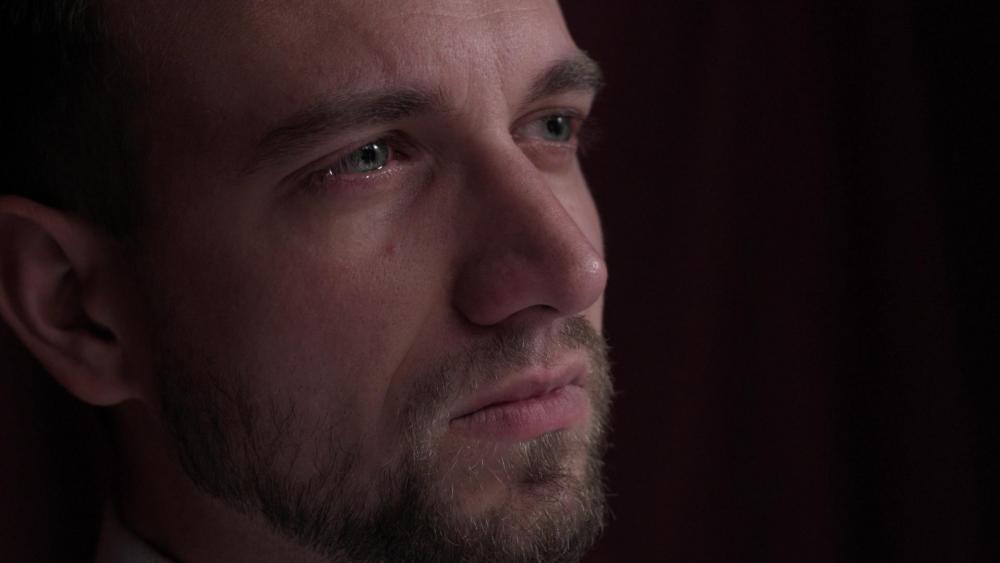
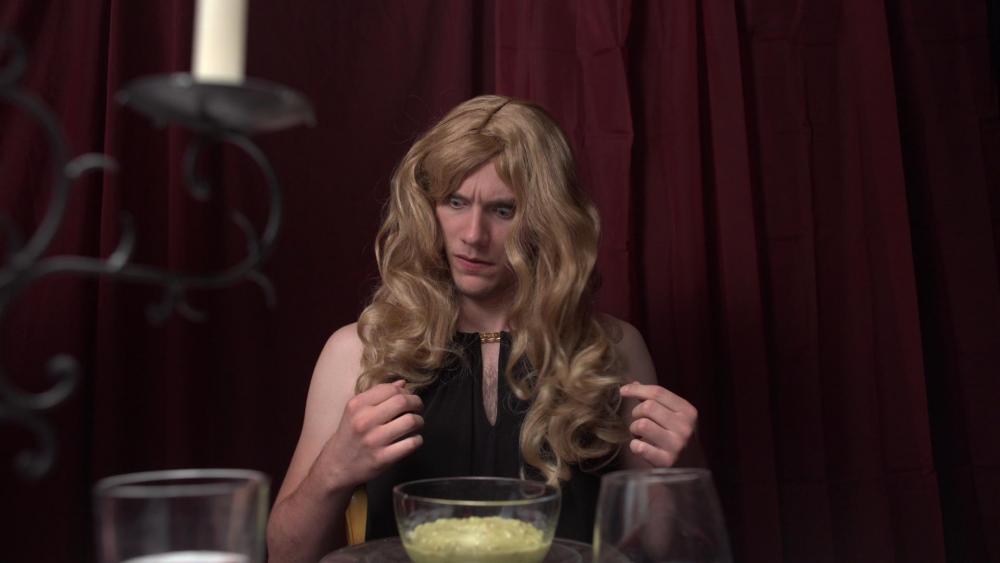
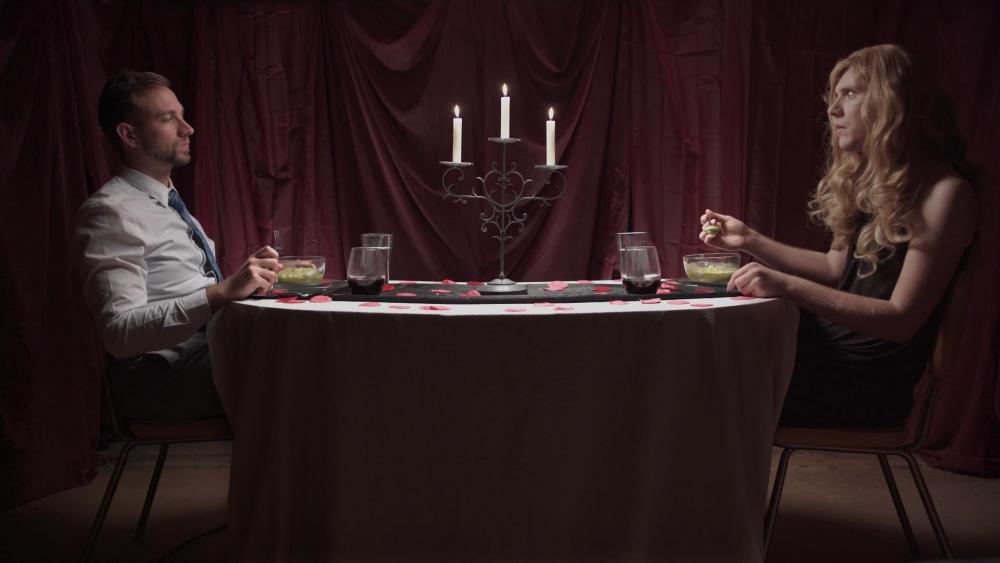
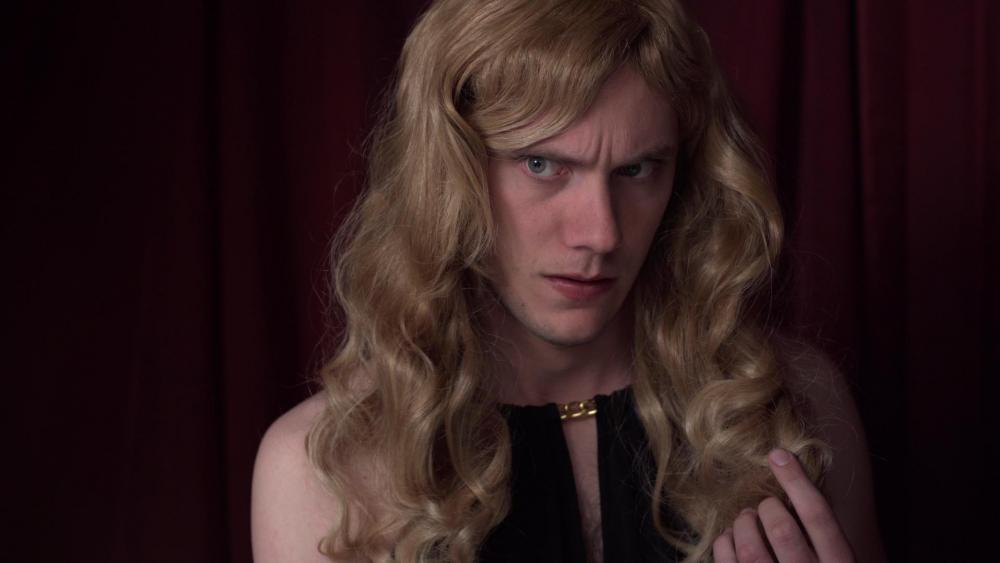
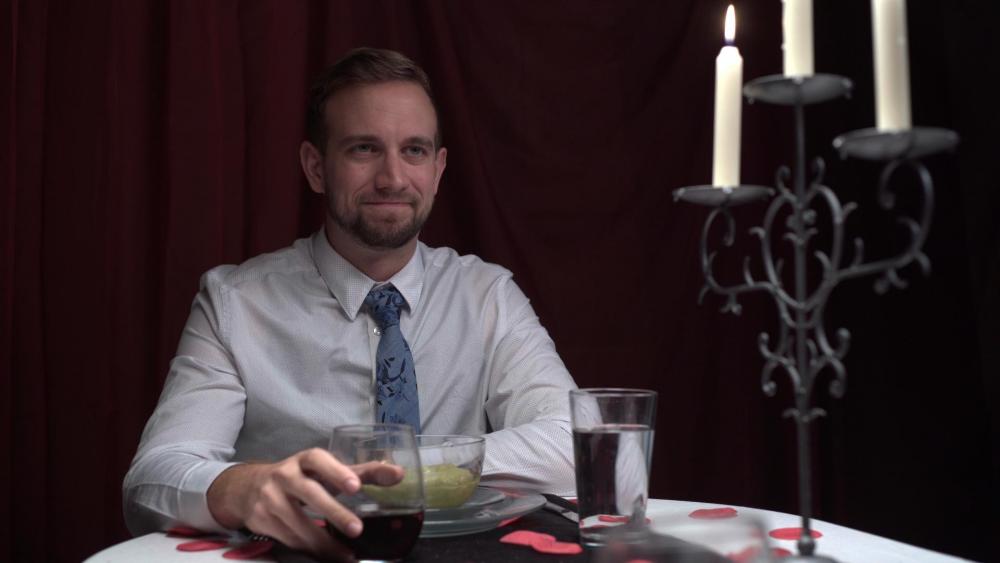
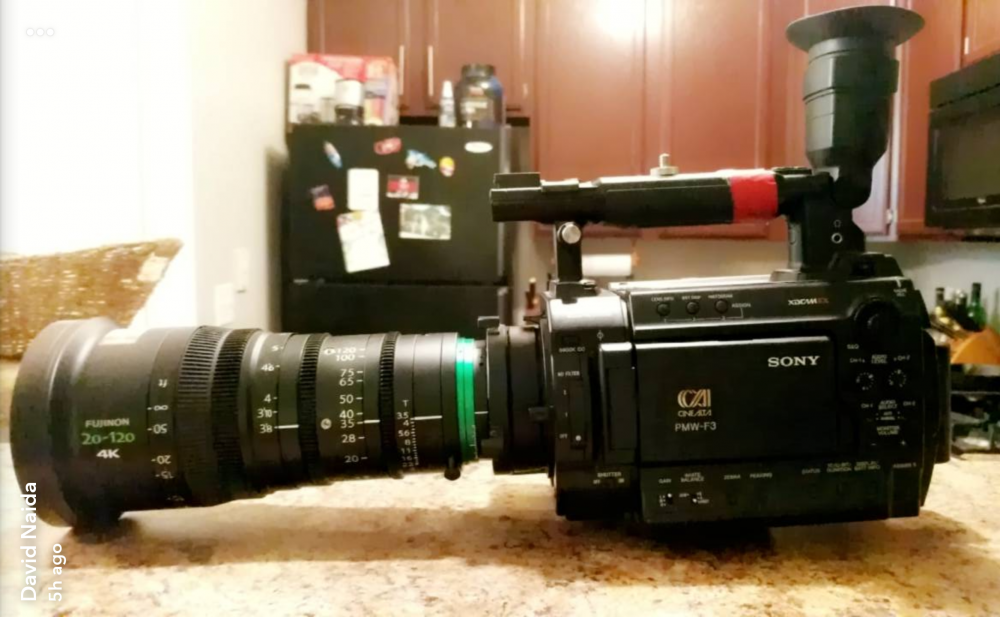

Good affordable LED Lights
In: Cameras
Posted
Aputure Lightstorms
Litepanels Astras
Quasar Science Tubes
All super solid, and within a price range that owner-ops can handle.